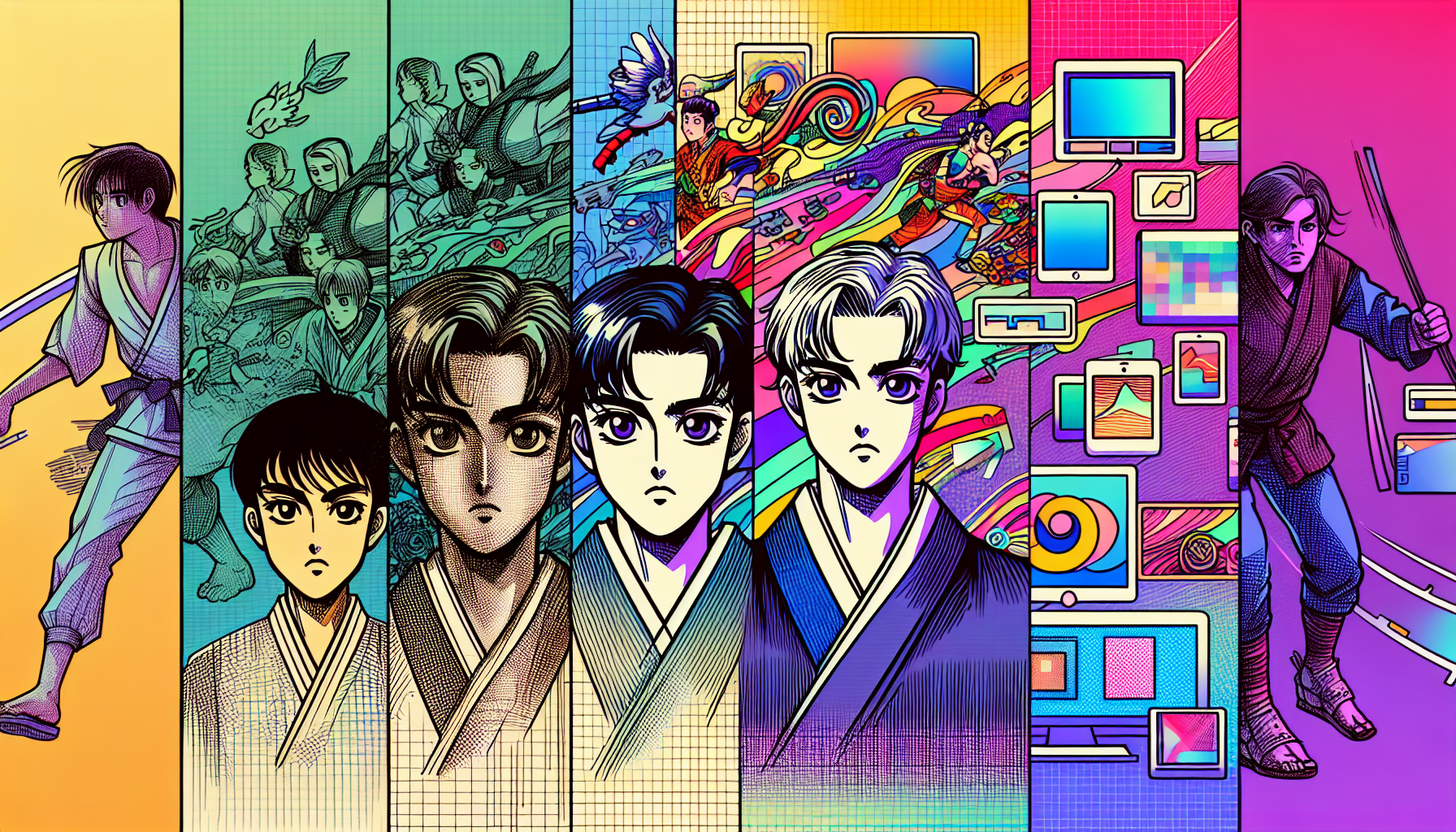The landscape of Korean storytelling through visual arts has undergone a significant transformation over the years. Korean manga, known as "manhwa," has emerged as a powerful cultural phenomenon, captivating audiences worldwide with its unique style and storytelling.
The journey of manhwa began centuries ago with traditional illustrations that captured the daily lives and beliefs of the Korean people. Early forms of this art, which appeared in woodblock prints and paintings, were deeply rooted in historical and cultural narratives. These illustrations served as a medium for both entertainment and education, often packed with moral teachings and reflections of societal norms.
Fast forward to the 20th century, the modernization of Korea brought about a new wave of manhwa, largely influenced by Japan's established comic culture. During this time, manhwa started to gain structure. Artists began experimenting with style and narrative, incorporating more dialogue and dynamic character development. These stories, often serialized in newspapers and magazines, became an integral part of Korean popular culture, enjoyed by adults and children alike.
The late 20th century marked a golden era for manhwa, as it began to diversify in genre, appealing to broader audiences. From romantic escapades to thrilling adventures and poignant dramas, the pages of manhwa highlighted the changing societal landscape and the growing complexity of human emotions. As Korea embraced technological advancements, these comics transitioned from print to digital, capturing the interest of a tech-savvy generation.
This leap into the digital age redefined manhwa's access and reach. Prominent platforms like Naver and Daum facilitated this transformation, providing digital spaces for artists to share their creations with global audiences. One of the pivotal shifts with this digital transition was the format adaptation to mobile-friendly vertical scrolling, making manhwa more accessible on smartphones and tablets. This innovation not only expanded readership but also encouraged international consumption, allowing non-Korean speakers to immerse themselves in captivating narratives through translations.
Today, manhwa continues to break cultural barriers, with series like "Tower of God," "Solo Leveling," and "True Beauty" enthralling millions across the globe. These works showcase the depth and versatility of Korean creators, who seamlessly blend traditional themes with modern aesthetics. The booming popularity of these stories has led to successful adaptations into animated series and live-action dramas, further solidifying manhwa’s position on the world stage.
Moreover, the influence of manhwa is evident in the broader realm of global entertainment, particularly in countries like Japan and the United States, where collaborations and cross-cultural exchanges have become increasingly common. This international appeal speaks volumes about manhwa’s evolution from local stories to universally resonant narratives.
As the world of manhwa continues to expand, it remains a testament to the creativity, resilience, and innovation of Korean artists. The journey of Korean manga is one of cultural preservation and modernization, offering an authentic glimpse into the soul of Korean society while inviting global audiences to connect through the universal language of visual storytelling.
